Leading market players are investing heavily in research and development in order to expand their product lines, which will help the Immersive Technology Market, grow even more. Market participants are also undertaking a variety of strategic activities to expand their global footprint, with important market developments including new product launches, contractual agreements, mergers and acquisitions, higher investments, and collaboration with other organizations. To expand and survive in a more competitive and rising market climate, Immersive Technology industry must offer cost-effective items.
Manufacturing locally to minimize operational costs is one of the key business tactics used by manufacturers in the global Immersive Technology industry to benefit clients and increase the market sector. In recent years, the Immersive Technology industry has offered some of the most significant advantages to medicine.
Major players in the Immersive Technology Market, including Acer Inc., Atheer, Inc., AVEVA Group PLC, Barco NV, Blippar Ltd., Carl Zeiss AG, CM Labs Simulations Inc., EON Reality, Inc., FAAC Incorporated, Google, LLC, HCL Technologies Limited, Honeywell International, Inc., HTC Corporation, Immersive Media Company, Immersive Technologies Pty Limited, Lockheed Martin Corporation, Magic Leap, Inc., NCTech Limited, Oculus (Facebook Technologies, LLC.), Samsung Group, Sony Corporation, Unity Software Inc., Varjo Technologies Oy, VI-grade GmbH, Zeality Inc. and others, are attempting to increase market demand by investing in research and development operations.
Acer Inc. (Acer) is a corporation that develops, designs, markets, and sells information technology (IT) products. Personal computers, projectors, tablet PCs, smartphones, wearable technology, smart devices, LCD displays, servers, and ICT equipment are all part of the company's product line. Acer sells goods under the brand names Acer, Gateway, Predator, Concept D, Planet9, and Packard Bell. Additionally, it engaged in e-commerce, the distribution of IT products, and the use of virtual reality headsets, digital billboards, cloud services, mobile devices, new energy devices, and real estate services.
Africa, the Middle East, Europe, the Asia-Pacific region, and the Americas all have activities for the corporation. The main office of Acer is in Taipei, Taiwan.
A part of Schneider Electric SE, AVEVA Group Plc (AVEVA) provides engineering software solutions. The company offers corporate solutions, design, engineering, software, plant and marine catalog information, and ship building and design management systems. It also provides consultation, integration, and lifecycle management services. Engineering projects in the fields of mining, metals, infrastructure, life sciences, food and beverage, consumer packaged products, oil and gas, energy, marine, chemical, and manufacturing can all profit from the technology provided by AVEVA. The business sells its products under the AVEVA NET brand. AVEVA's headquarters are in the UK's Cambridge shire region.
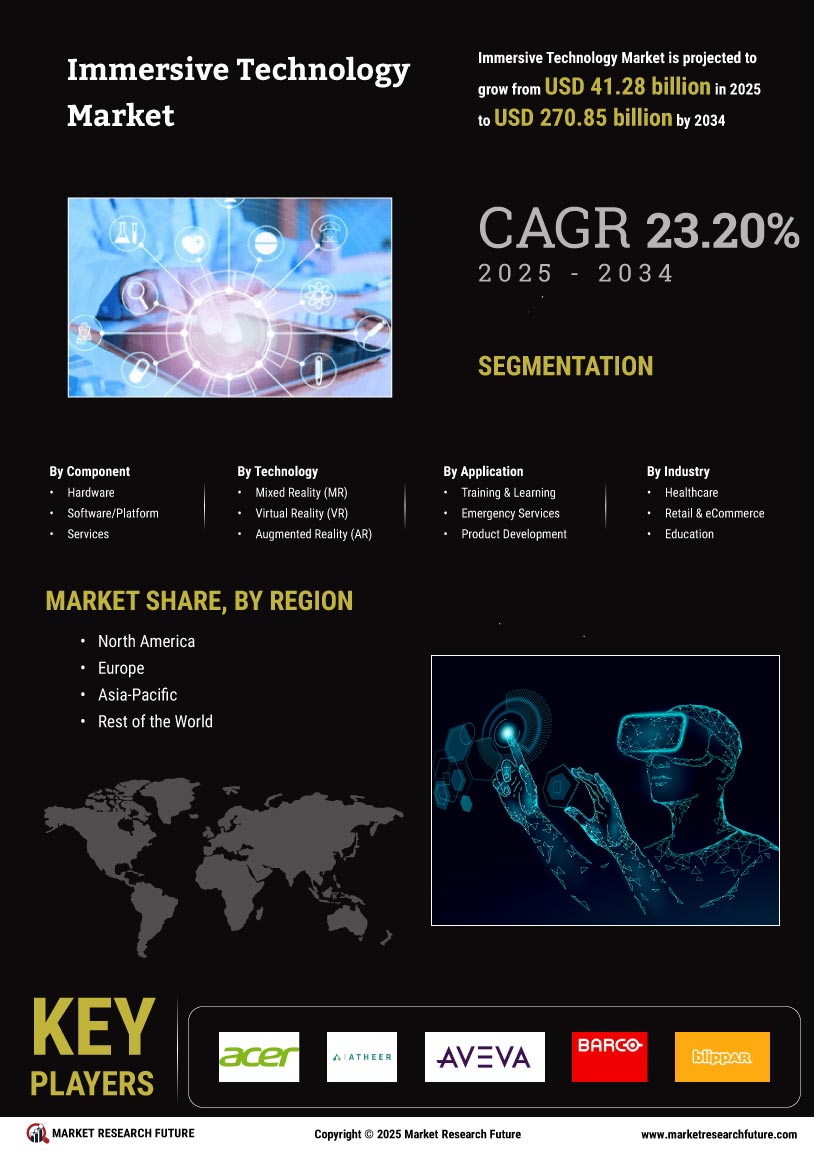

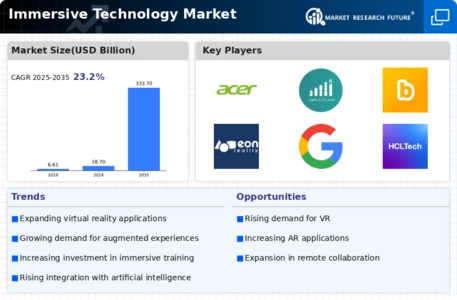
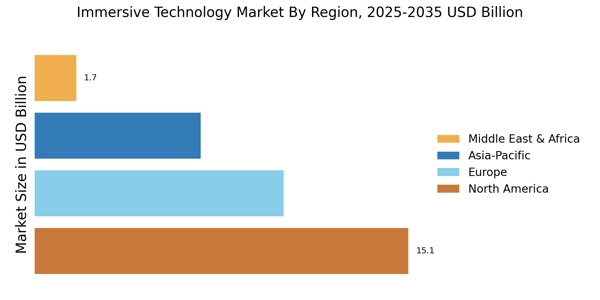
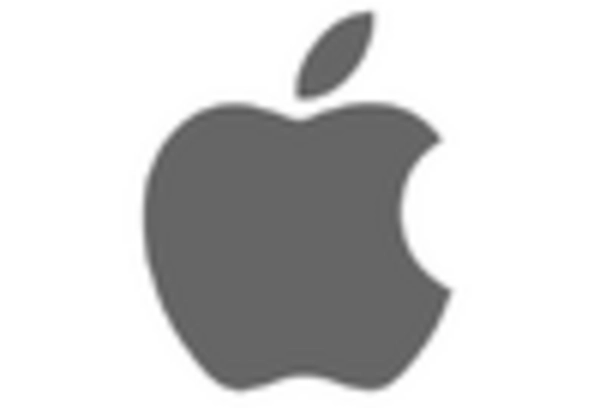


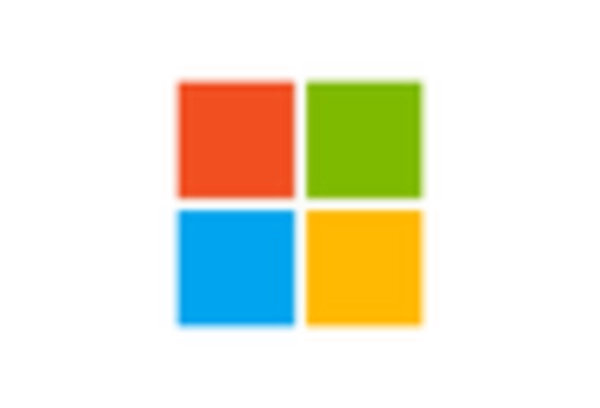
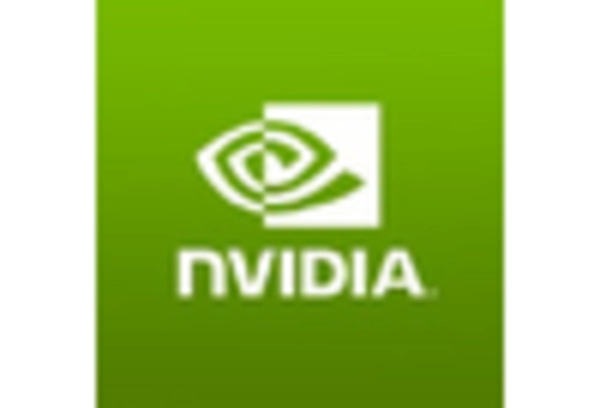
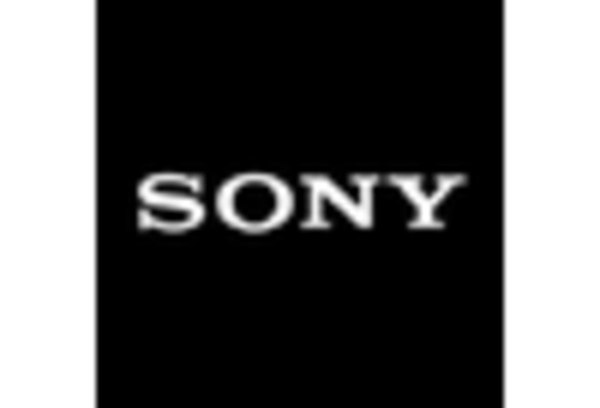








Leave a Comment